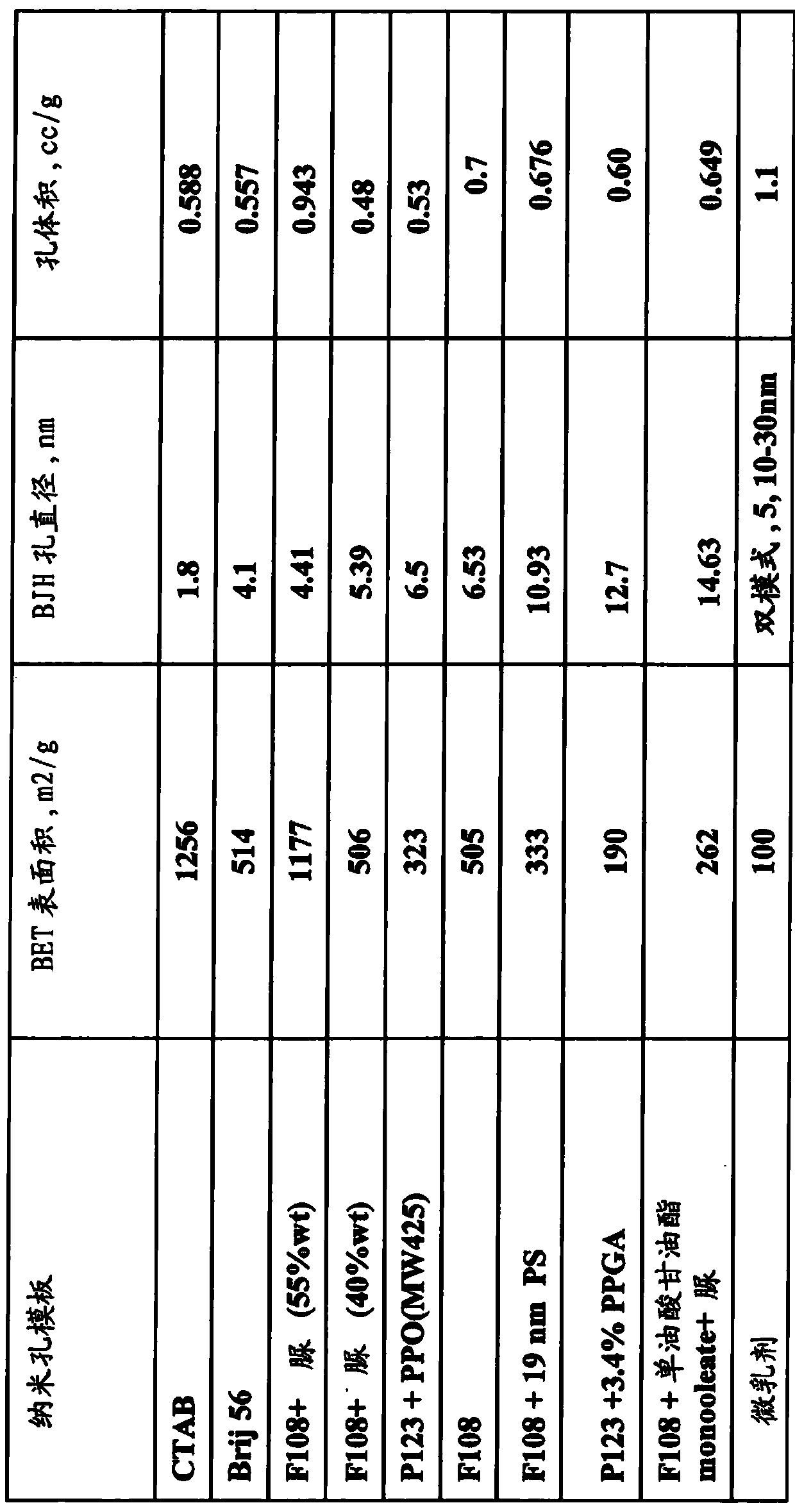Porous nanoparticle-supported lipid bilayers (protocells) for targeted delivery including transdermal delivery of cargo and methods thereof
A protocell, cell-targeting technology, applied in other methods of inserting foreign genetic material, liposome delivery, antibody mimics/scaffolds, etc., can solve problems such as difficult to control release
- Summary
- Abstract
- Description
- Claims
- Application Information
AI Technical Summary
Problems solved by technology
Method used
Image
Examples
Embodiment 1
[0264] Ligands target protocells
[0265]As provided in the following examples, porous nanoparticle-supported lipid bilayers (protocells) formed via the fusion of liposomes and nanoporous silica particles are a new type of nanocarrier that addresses issues related to cancer therapy and There are multiple challenges associated with the targeted delivery of diagnostics. Like liposomes, protocells are biocompatible, biodegradable, and non-immunogenic, but their nanoporous silica core confers a greatly increased High load capacity and extended double layer stability. Furthermore, the porosity and surface chemistry of the core can be tuned to facilitate encapsulation of various therapeutic agents such as drugs, nucleic acids and protein toxins. The release rate of the cargo can be controlled by the pore size and the overall degree of compression of the silica, allowing protocells to be used in applications requiring burst release or controlled release characteristics. Finally, t...
Embodiment 2
[0394] Transdermal delivery of imatinib
[0395] The epidermis is the uppermost layer of the skin and can be further divided into 4 layers. The outermost layer of the epidermis is the stratum corneum, approximately 10-20 pm thick; this is the main challenge associated with transdermal delivery. The other 3 layers of the epidermis can collectively be classified as viable epidermis; this viable epidermis is 50-100pm thick. The viable epidermis contains immune cells (Langerhan cells), epithelial keratinocytes, sensory nerves (Megger cells), and a network of capillary beds, venules, and arterioles. The dermis is 1-2 mm thick and is composed of alveoli containing other types of immune cells (mast cells, lymphocytes, macrophages, neutrophils, plasma cells), fibroblasts, and various fibers (nerve fibers, collagen, elastic fibers). Furthermore, 1a explains the 4 main methods by which cargo delivery across the stratum corneum can be taken. (a) Intercellular pathway, (b) Follicular ...
Embodiment 3
[0426] siRNA-loaded, SP94-targeted protocell-induced apoptosis
[0427] result
[0428] Characterization of siRNA-loaded protocells. Silica nanoparticles as in Carroll et al. 35 The preparation, and has >600m 2 BET surface area per gram, ~65% pore volume fraction, and multimodal pore morphology consisting of large (20-30 nm), surface-accessible pores interconnected by 6-12 nm pores (see figure 2 BX3-CX3). Silica nanoparticles were separated by size prior to loading with siRNA (or ricin A chain) as described in the Methods section (see Figure 2A X3). image 3 AX3 shows the siRNA loading capacity of protocells or lipoplexes constructed using a range of strategies. Lipid complexes composed of zwitterionic phospholipids and DOPC per 10 10 Particles encapsulate ~10 nM siRNA. Construction of lipoplexes composed of the cationic lipid, DOTAP, resulted in a 5-fold increase in siRNA loading, presumably due to attractive electrostatic interactions between negatively charged nuc...
PUM
 Login to View More
Login to View More Abstract
Description
Claims
Application Information
 Login to View More
Login to View More - R&D
- Intellectual Property
- Life Sciences
- Materials
- Tech Scout
- Unparalleled Data Quality
- Higher Quality Content
- 60% Fewer Hallucinations
Browse by: Latest US Patents, China's latest patents, Technical Efficacy Thesaurus, Application Domain, Technology Topic, Popular Technical Reports.
© 2025 PatSnap. All rights reserved.Legal|Privacy policy|Modern Slavery Act Transparency Statement|Sitemap|About US| Contact US: help@patsnap.com



